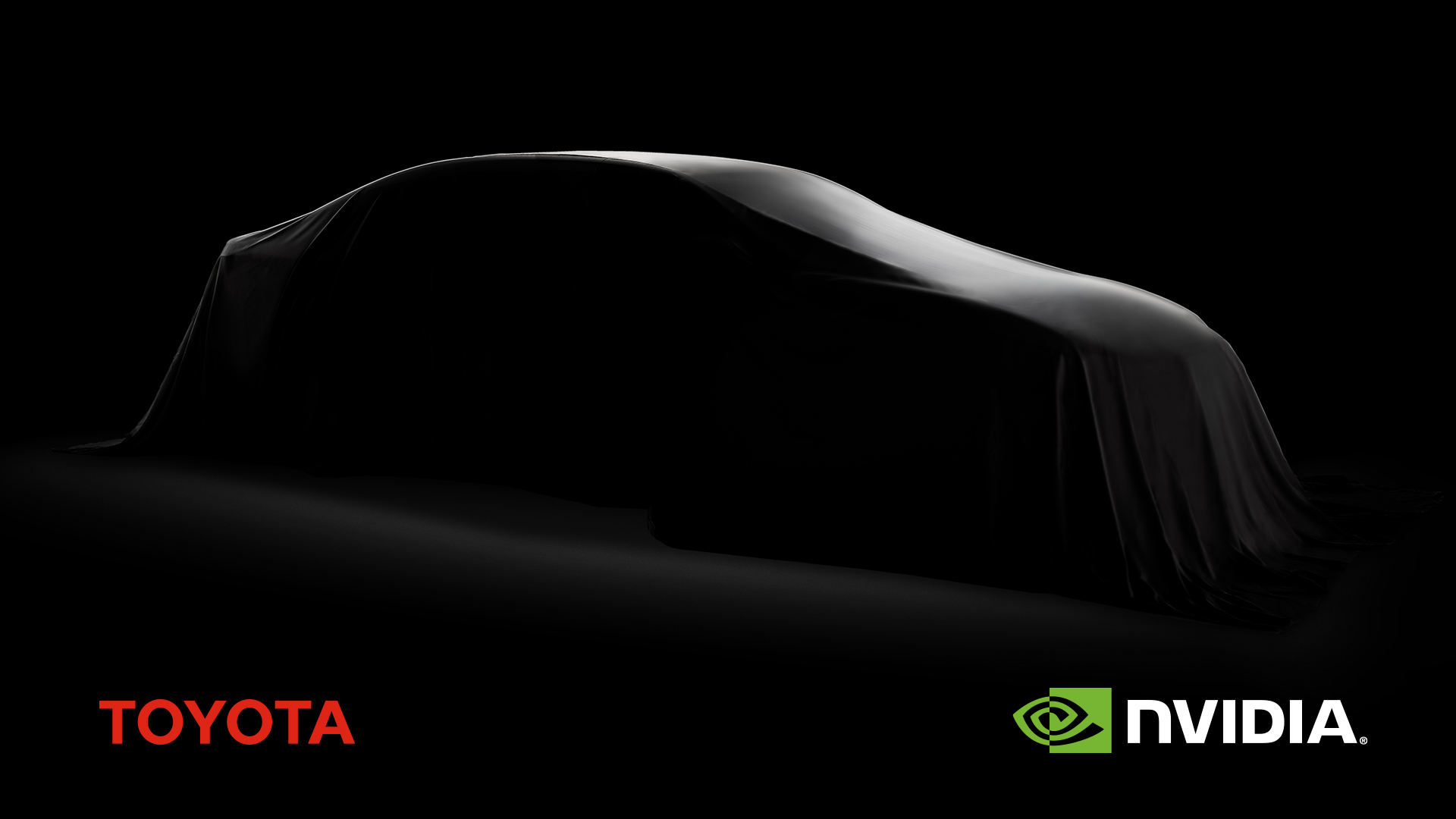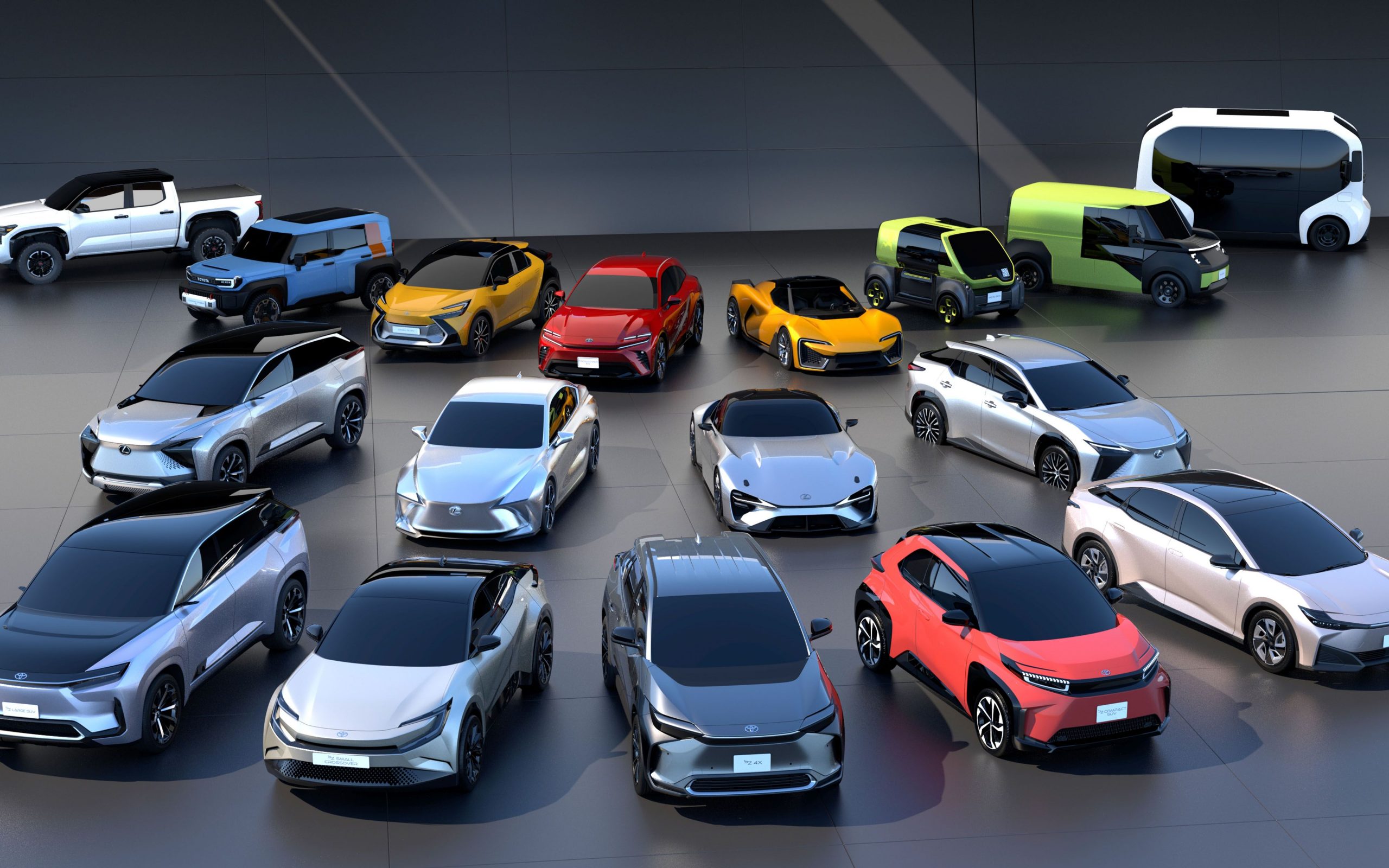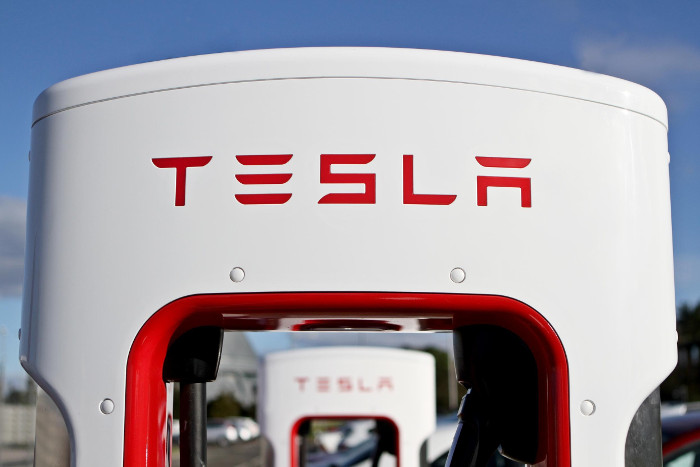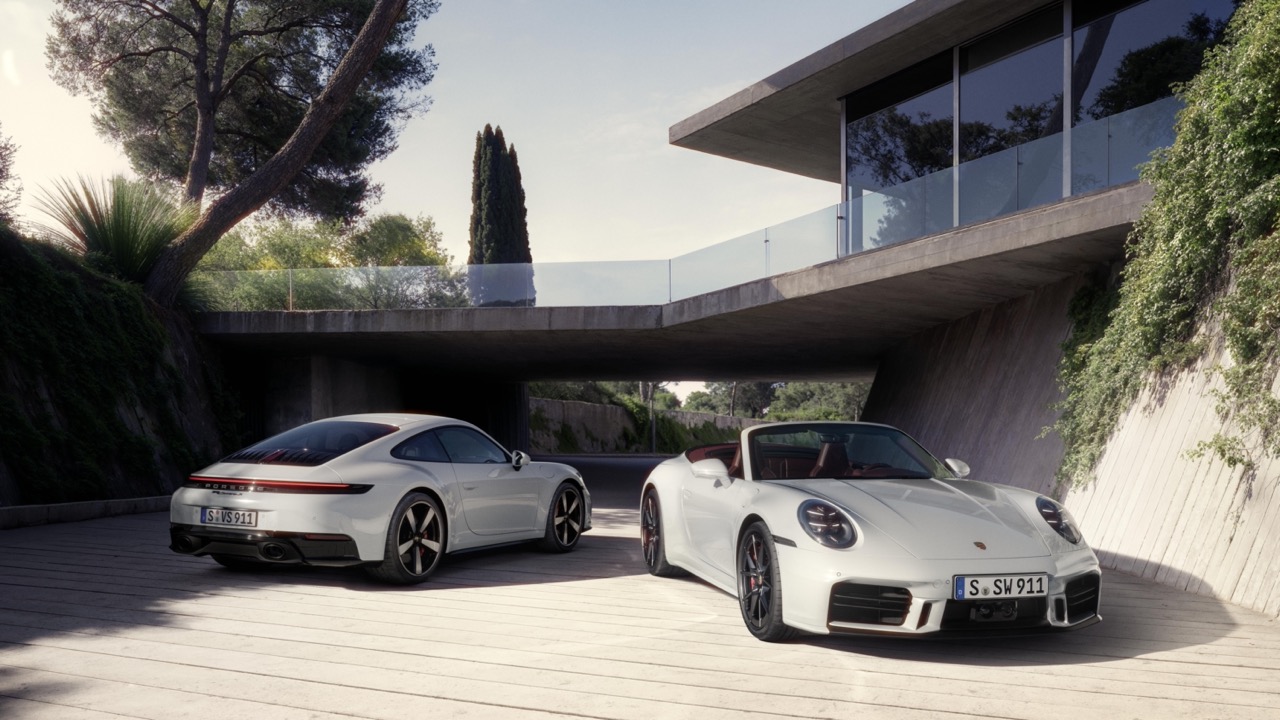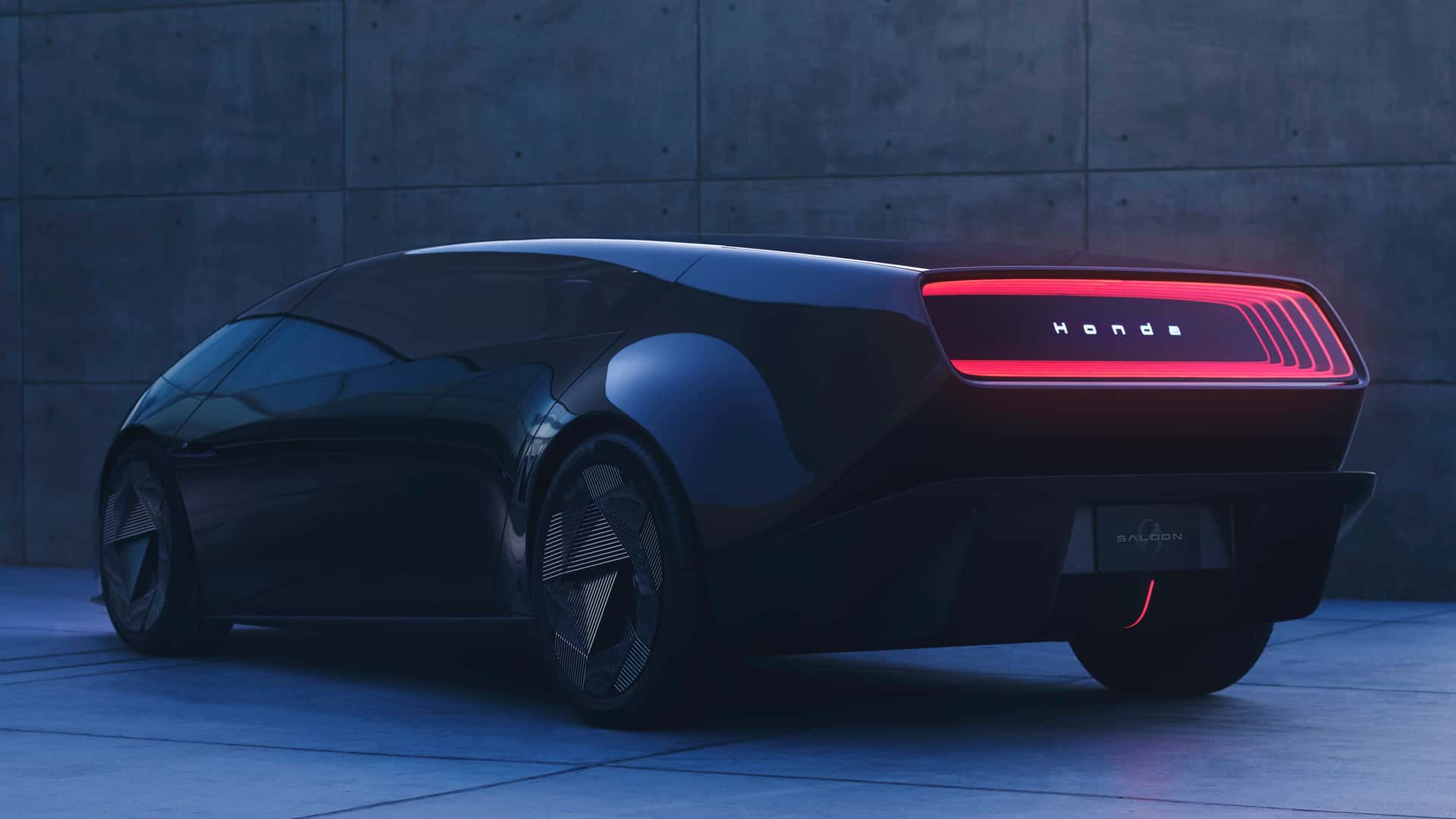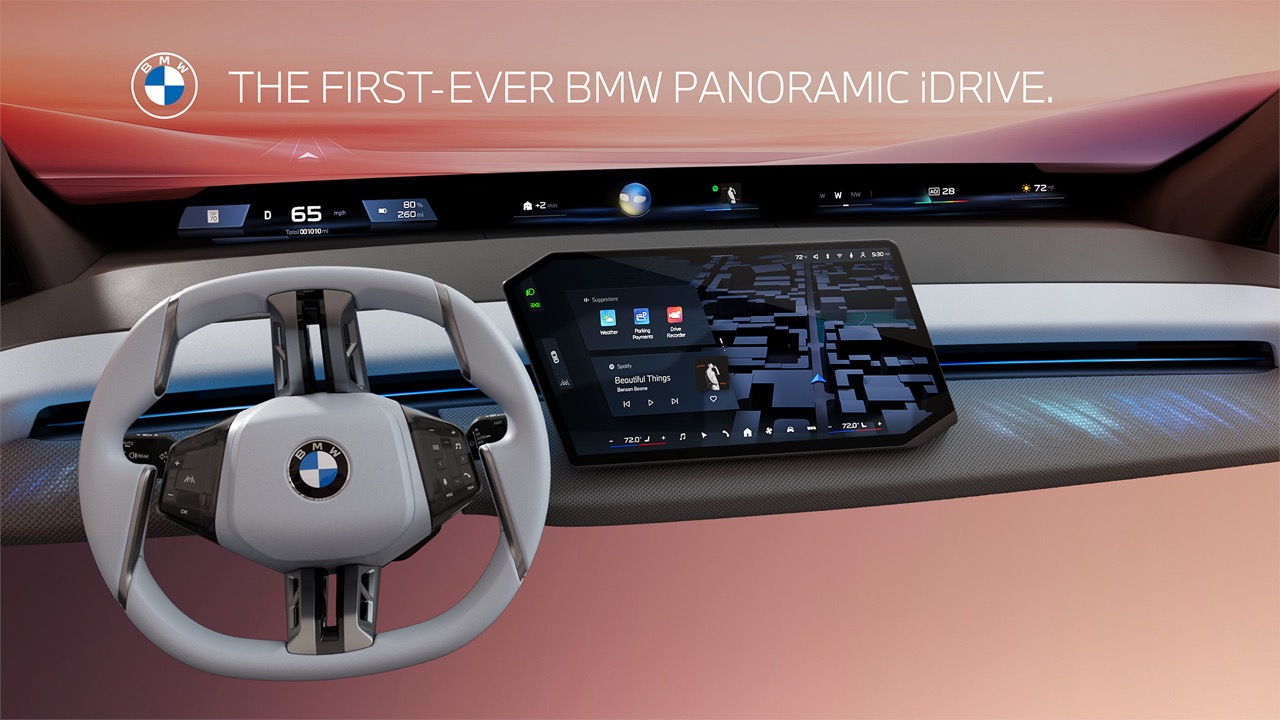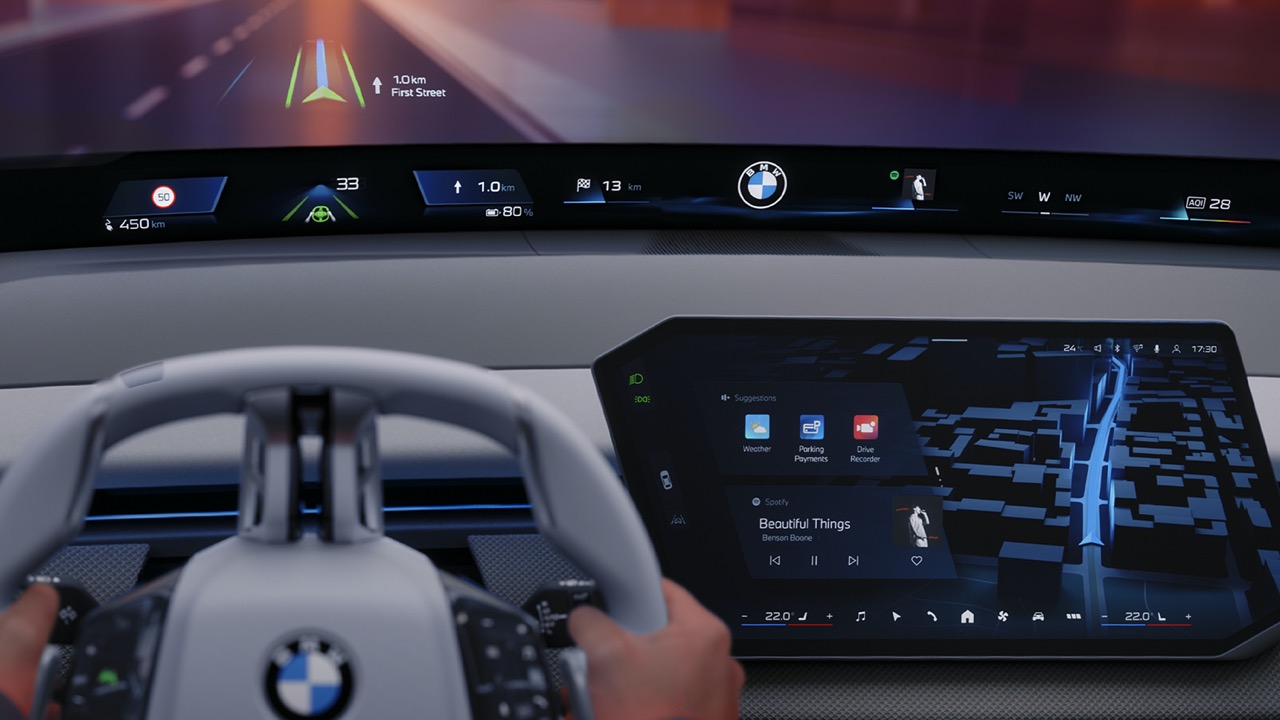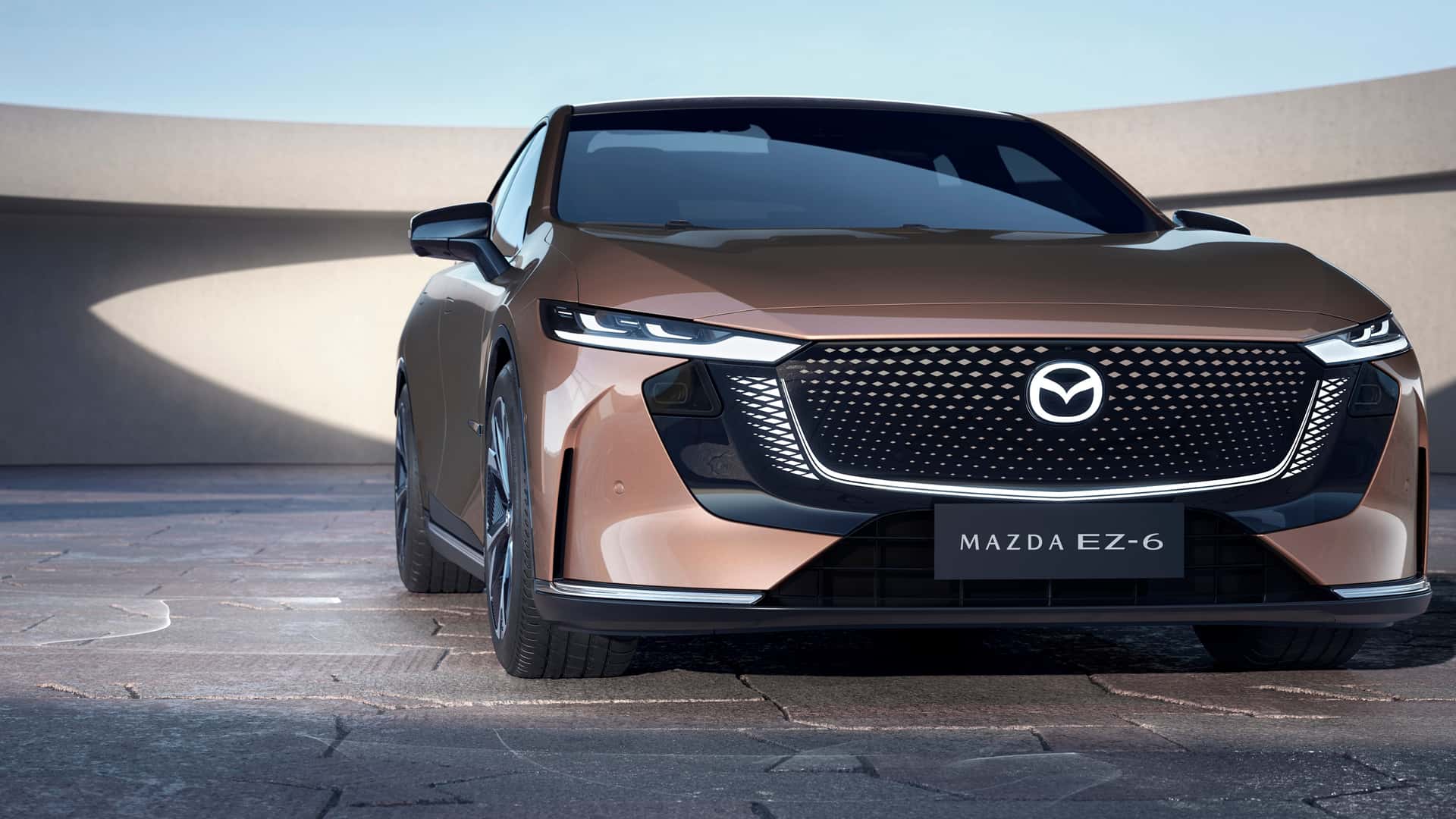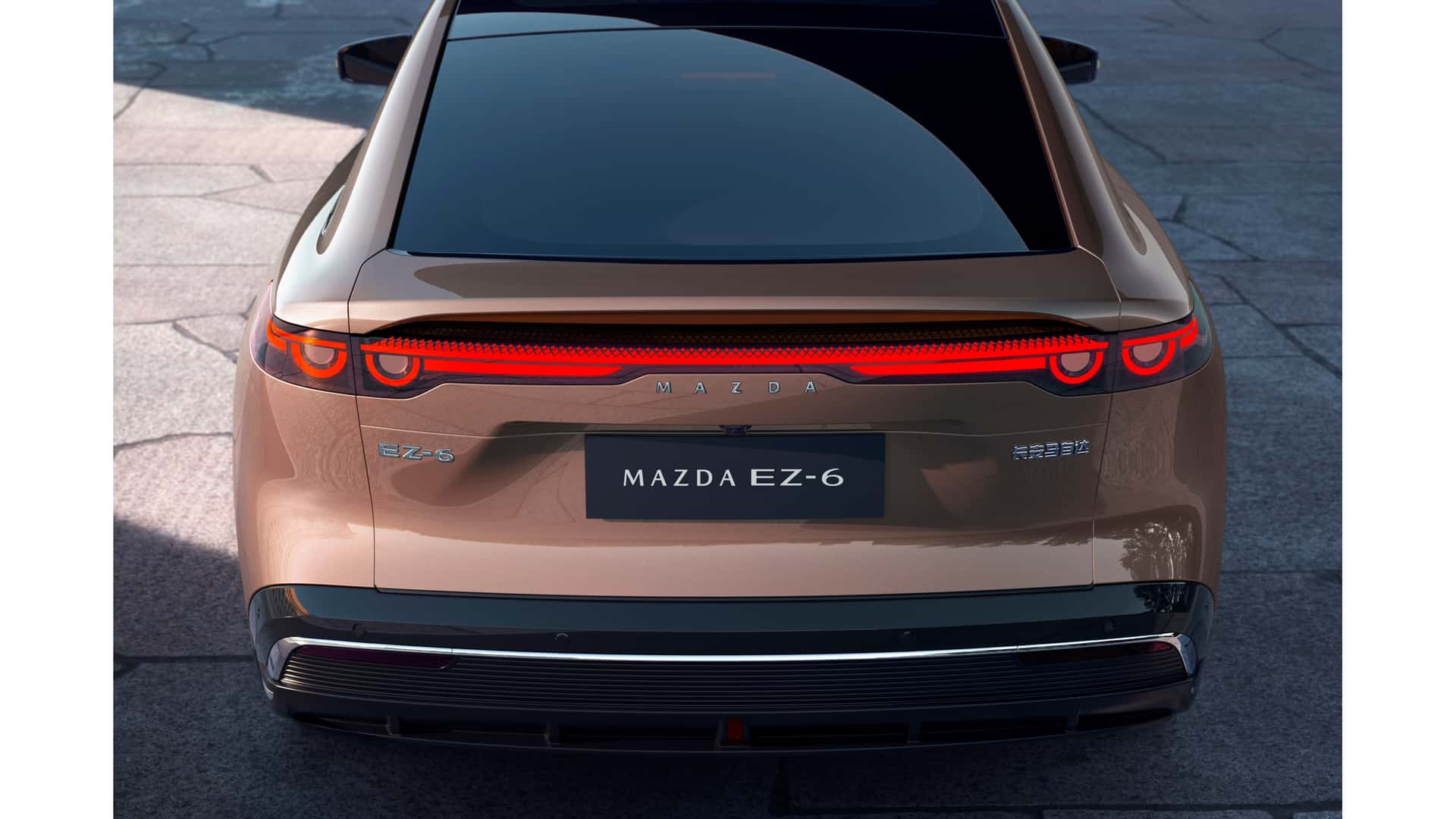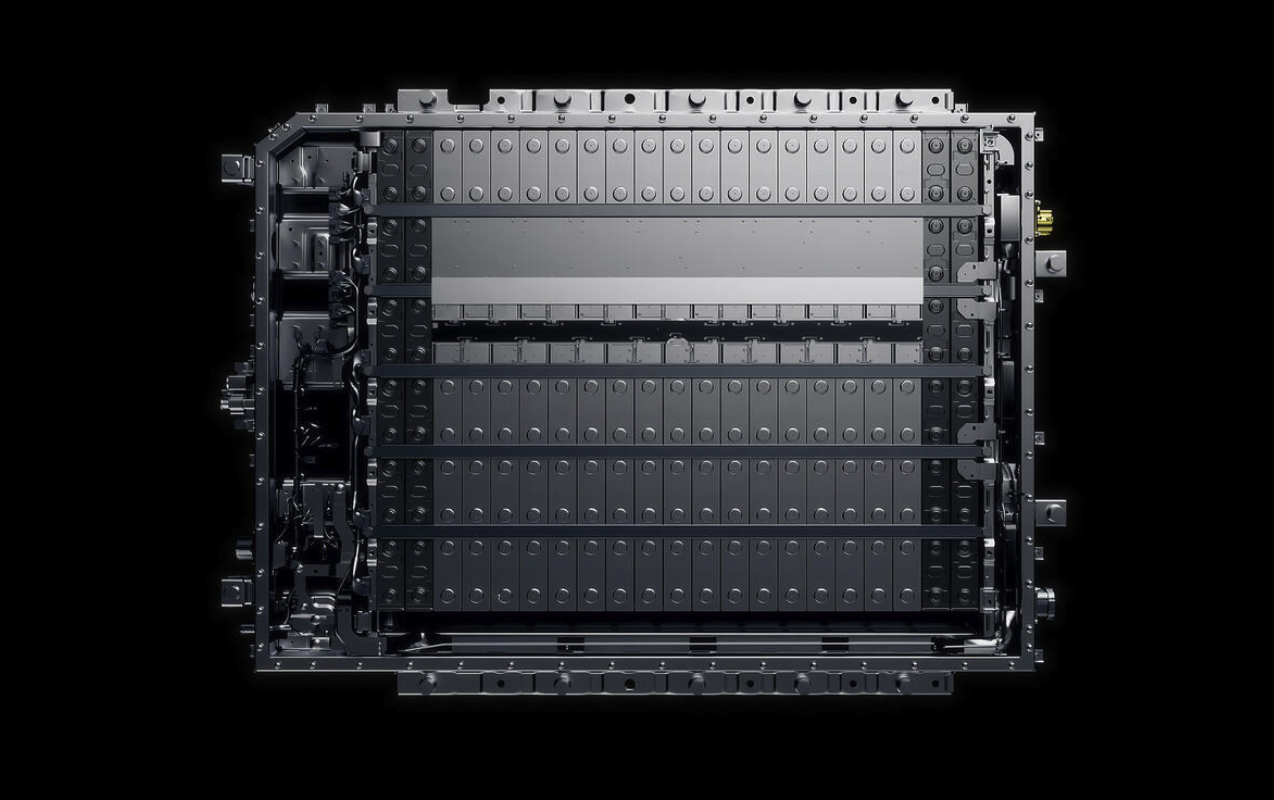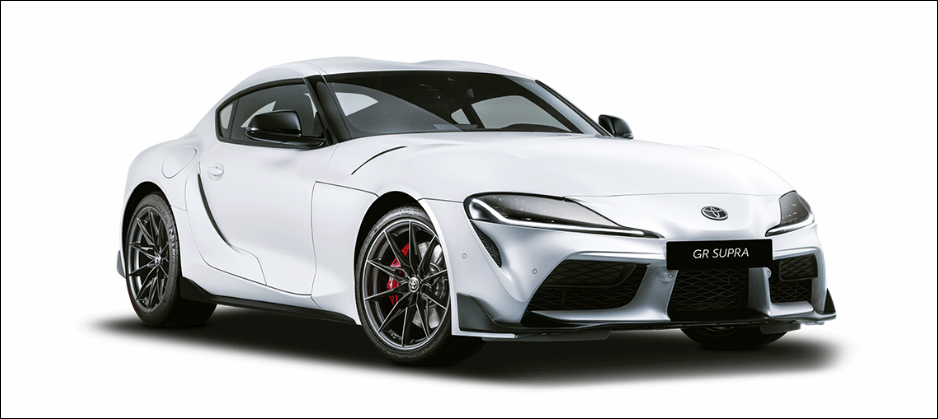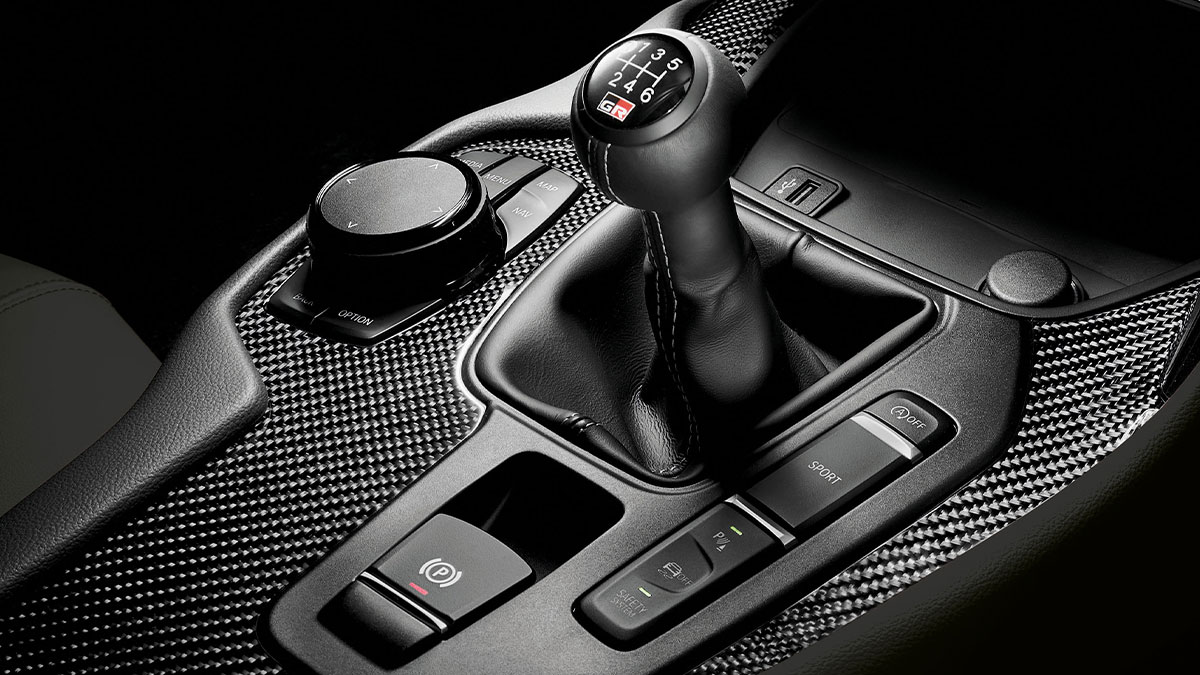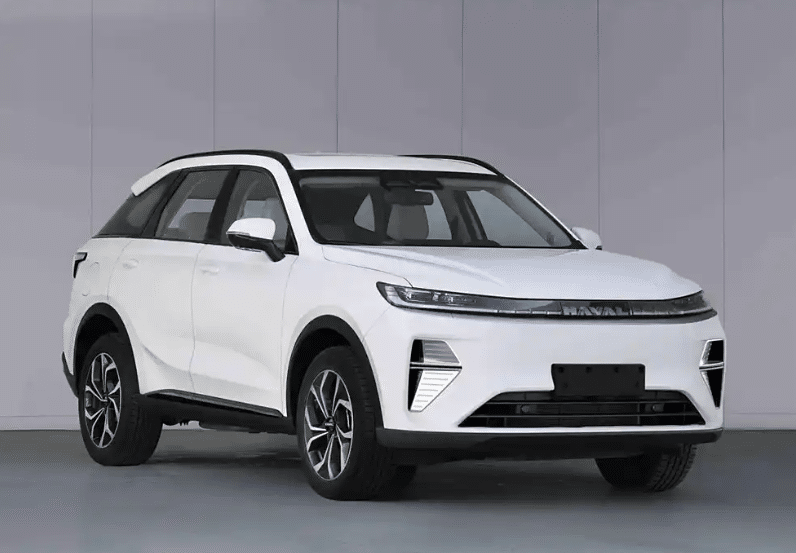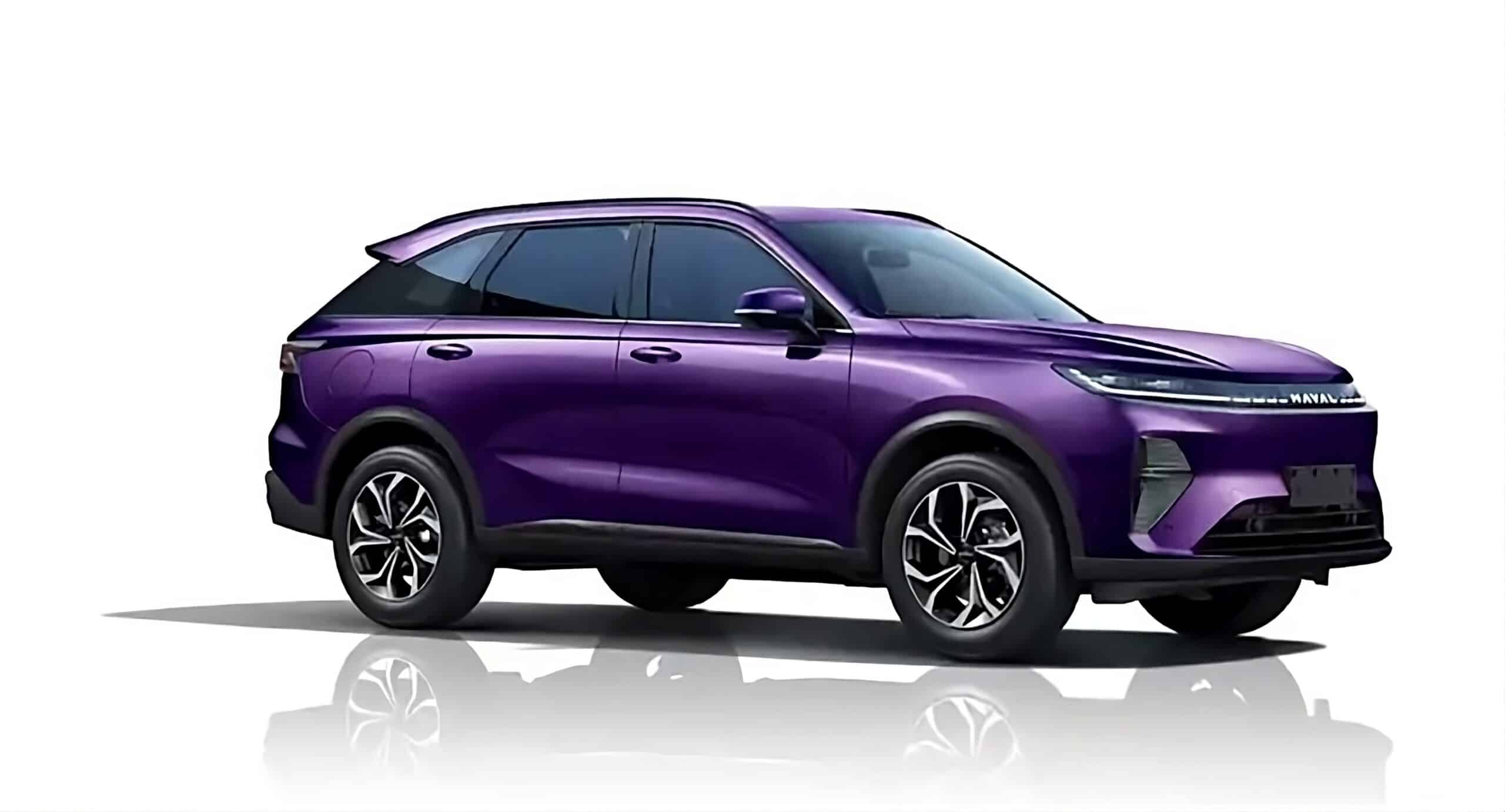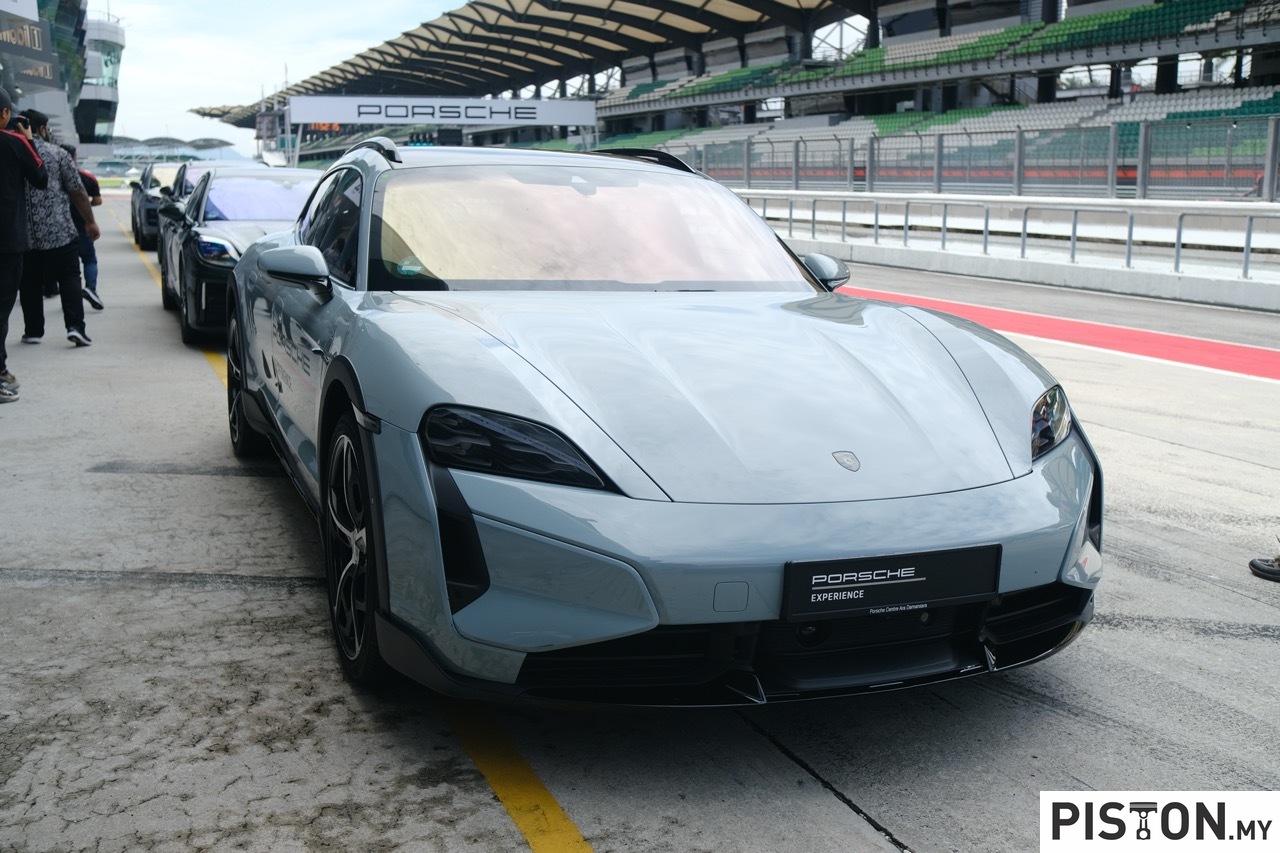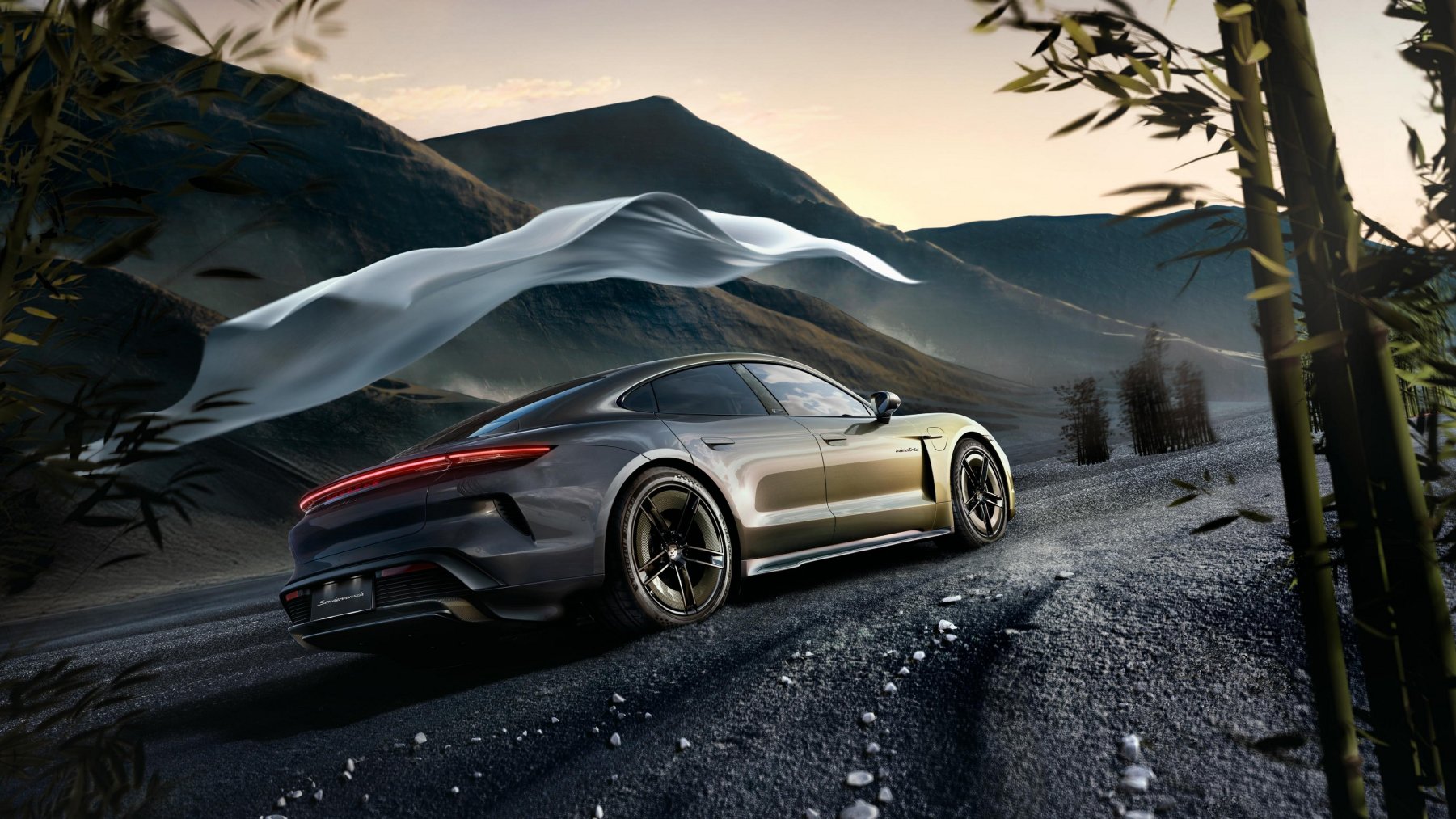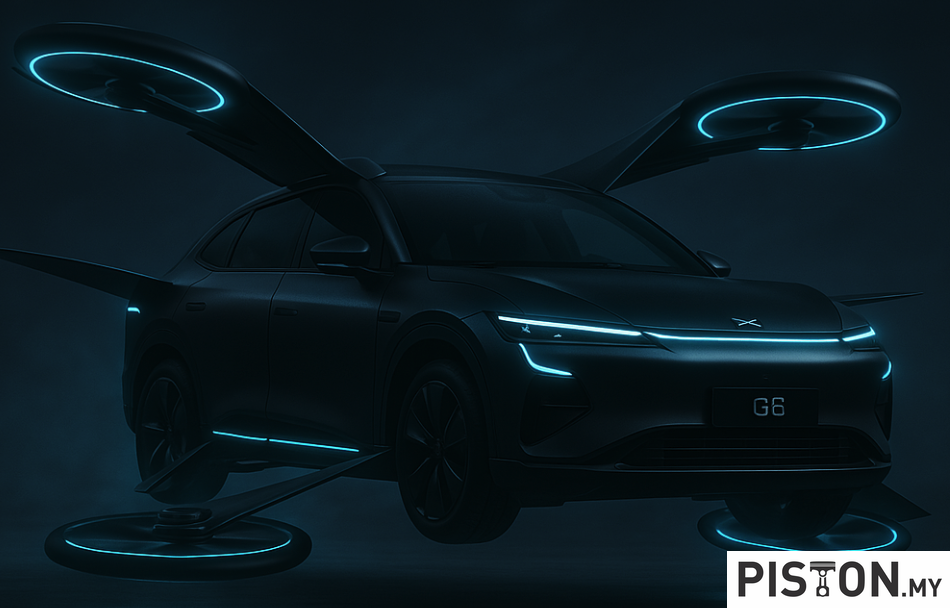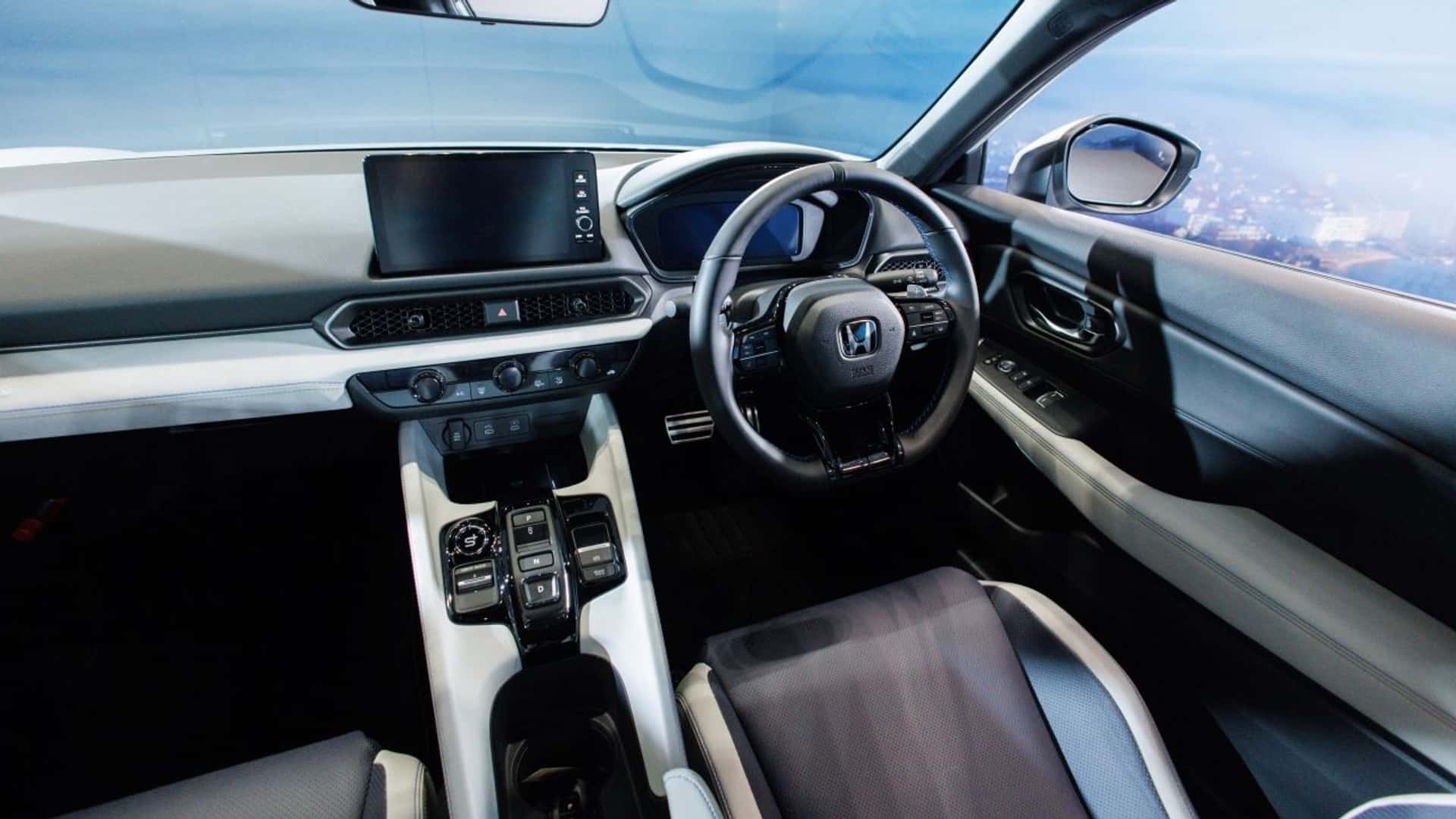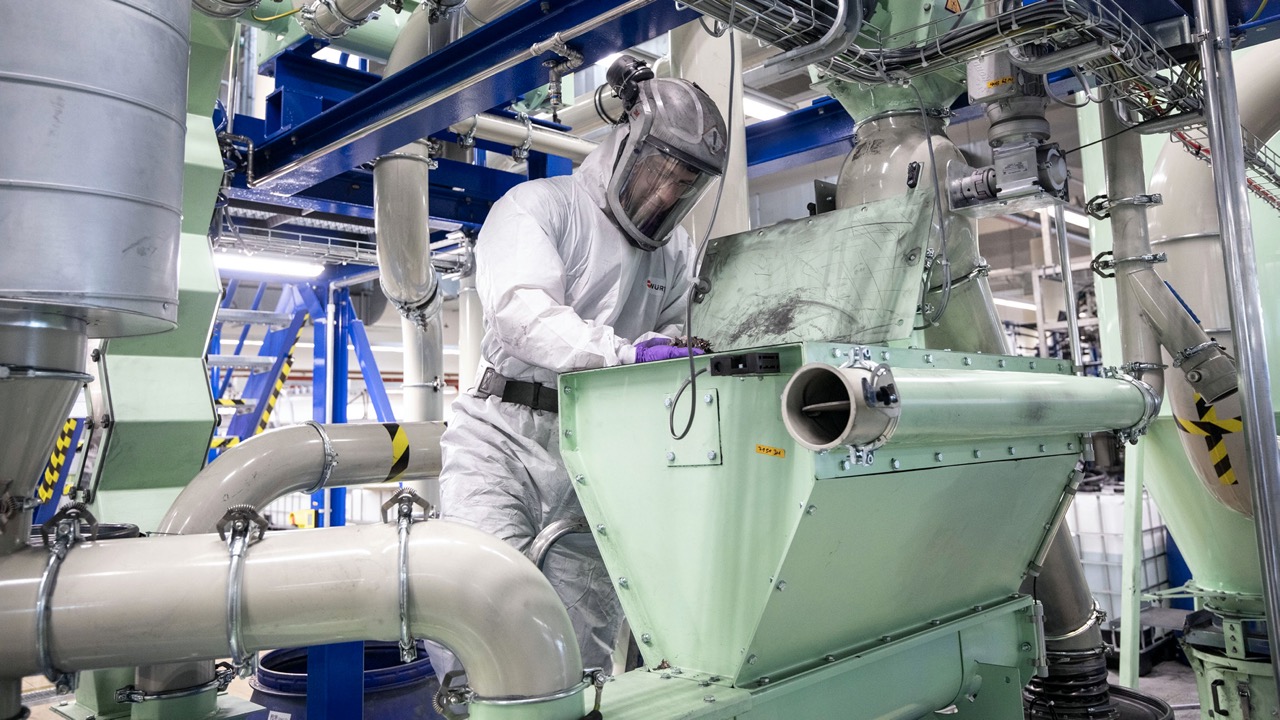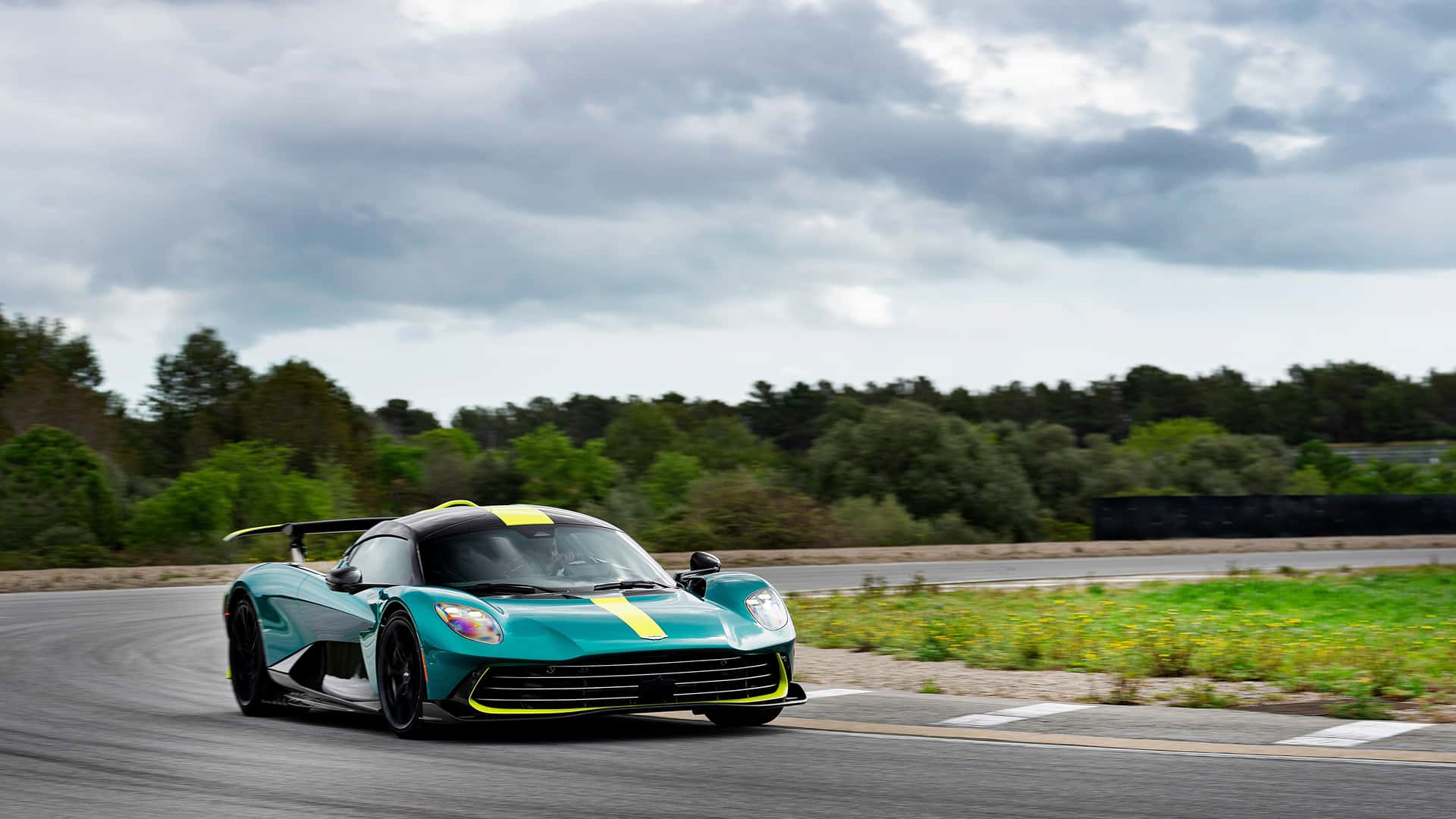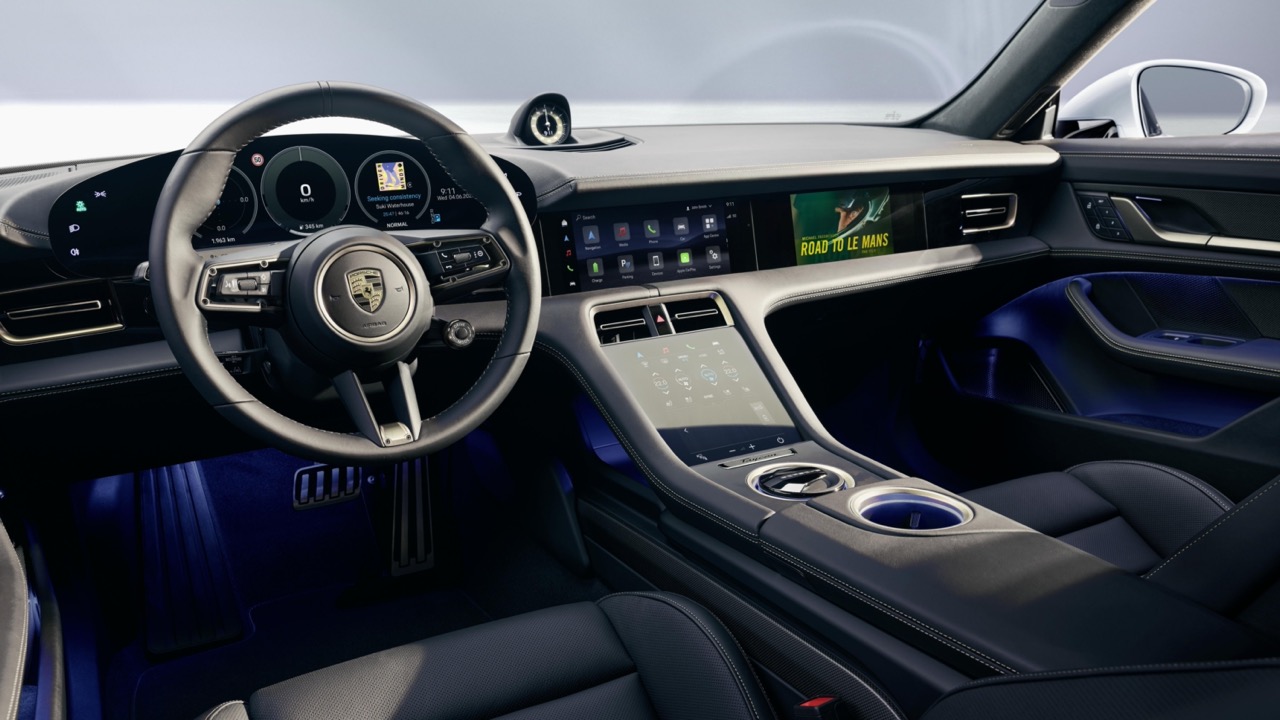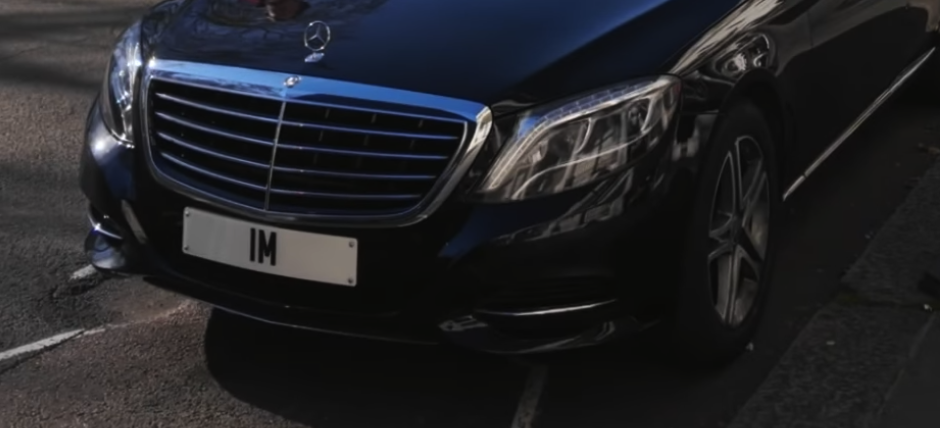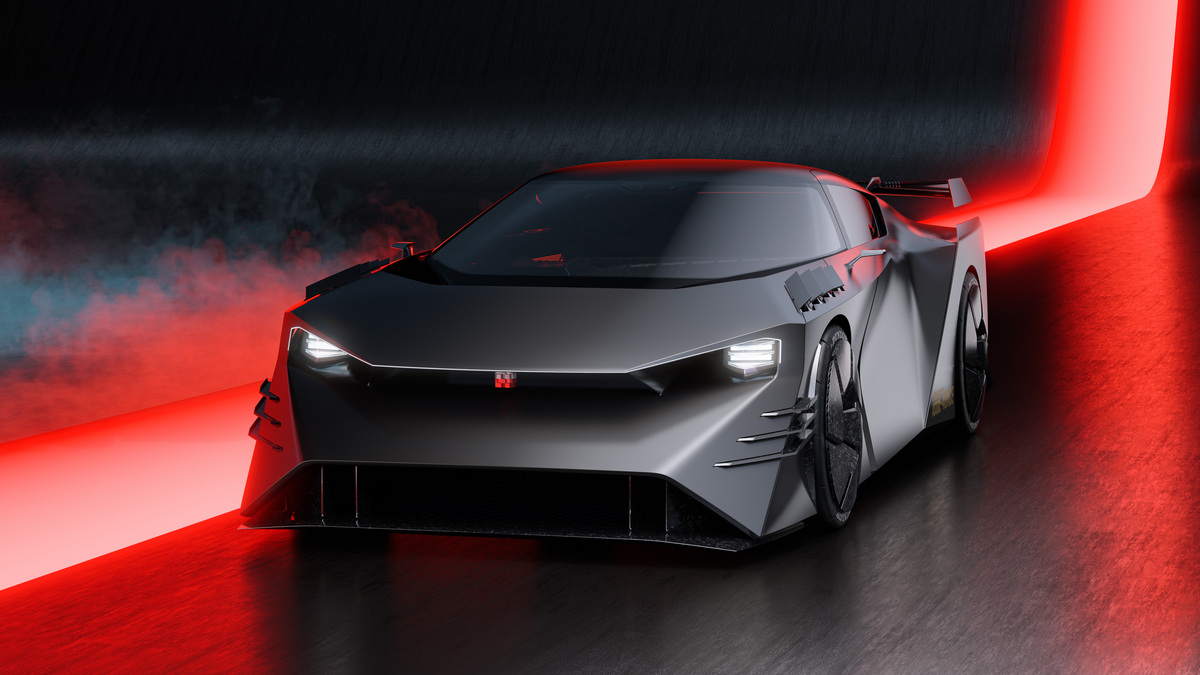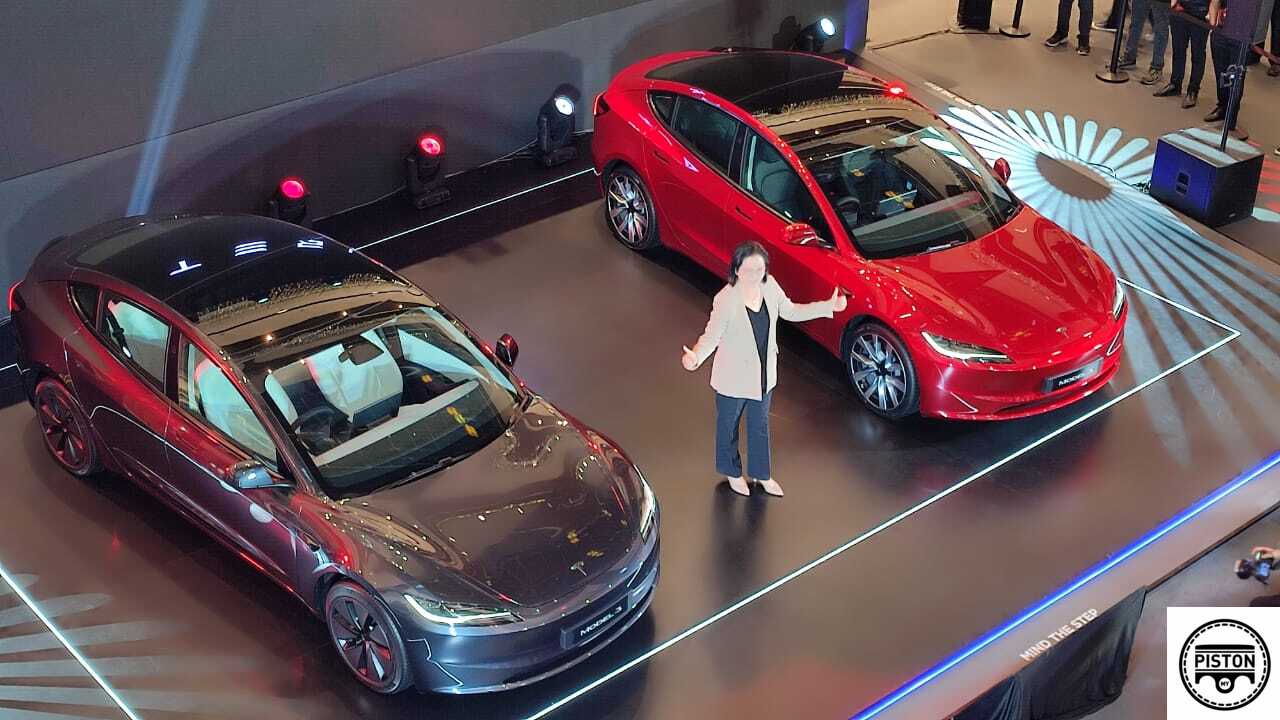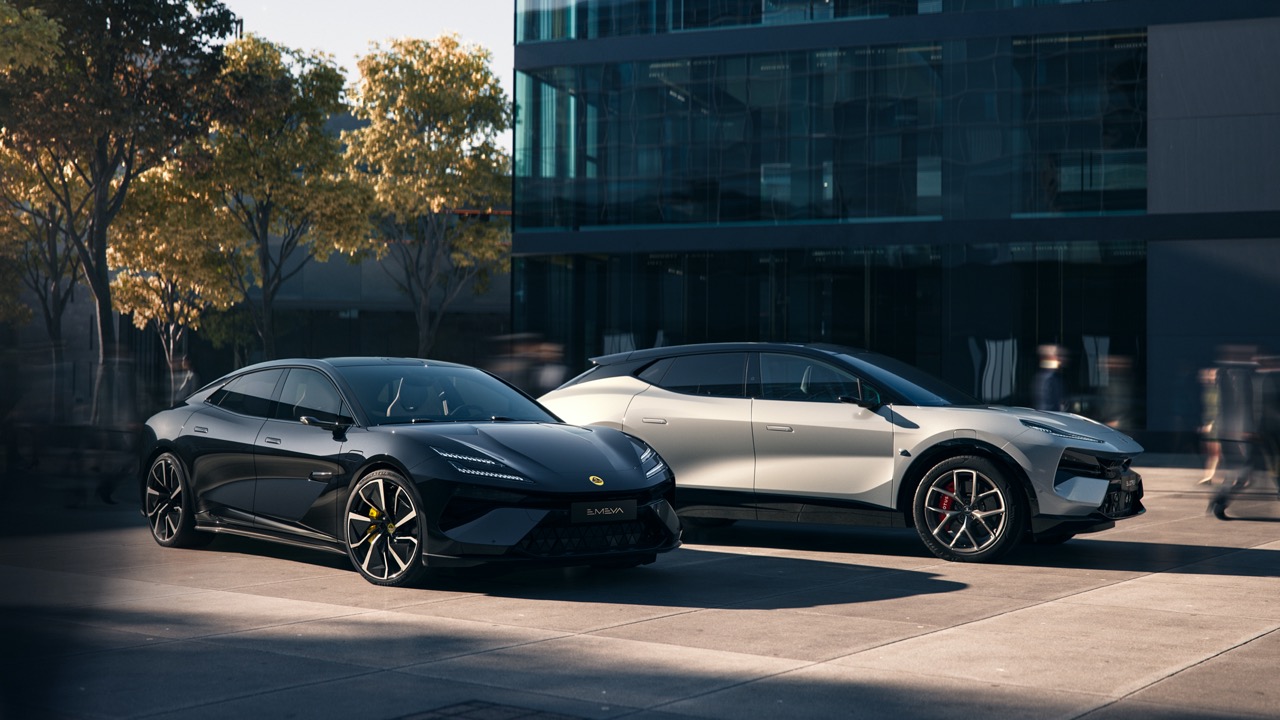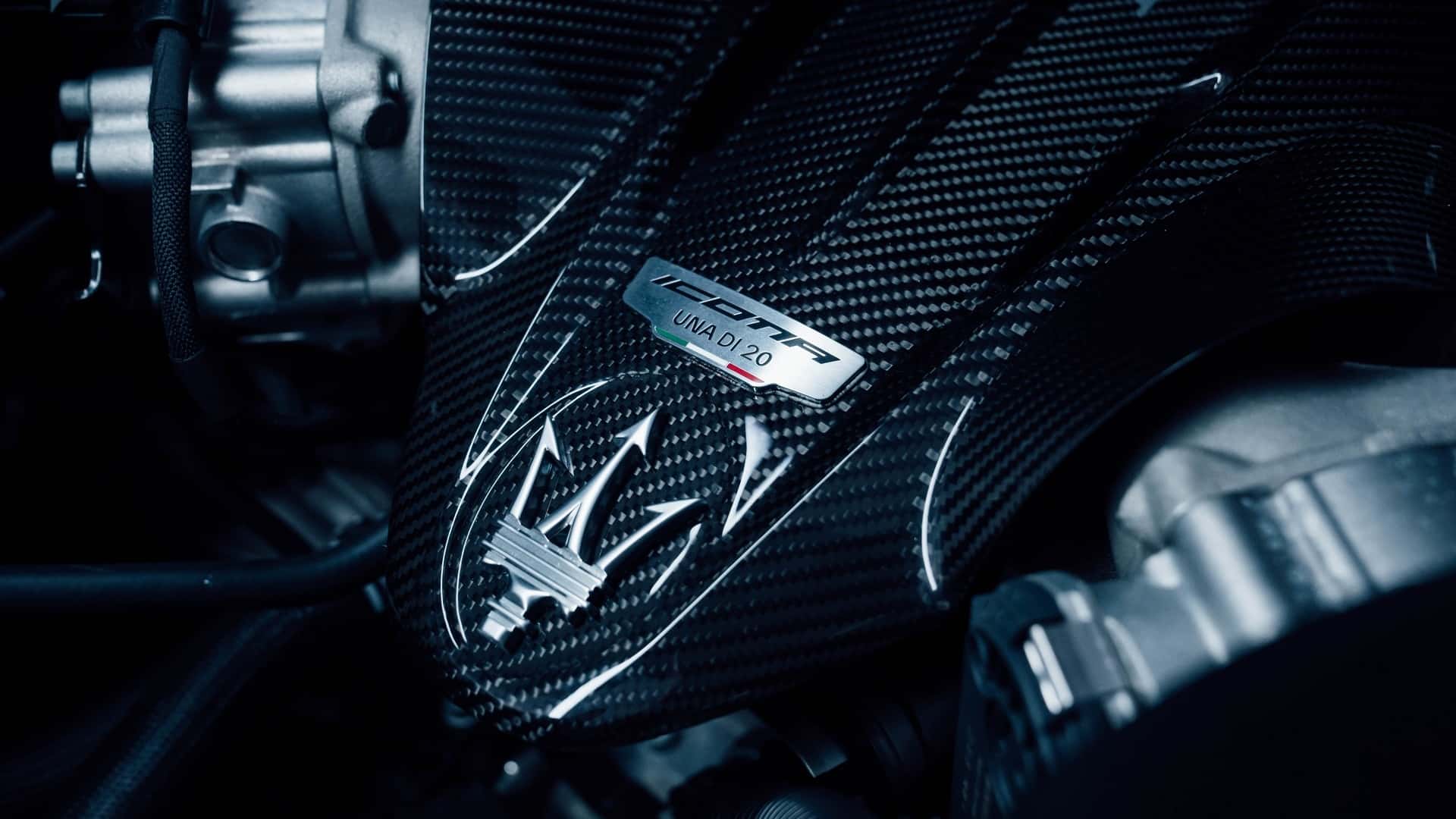Toyota has announced a partnership with Nvidia to integrate the Nvidia Drive AGX Orin platform and DriveOS operating system into its next generation of vehicles, signalling a significant leap in advanced driver assistance systems (ADAS). This collaboration builds on Toyota’s long-standing relationship with Nvidia, which began in 2019 with the adoption of Nvidia’s technology for cloud computing and autonomous vehicle development.
Nvidia’s Vice President of Automotive, Ali Kani, praised Toyota’s role in the company’s “cloud-to-car” strategy, which seamlessly combines cloud-based technologies with on-vehicle systems to enable safer, smarter mobility. Nvidia also collaborates with a roster of leading automakers, including Mercedes-Benz, Volvo, BYD, Lucid, Rivian, Nio, and Xiaomi, to advance driver assistance and autonomous driving technologies.
TÜV-Certified Autonomous Driving Platform
Nvidia’s Drive AGX Hyperion, a comprehensive autonomous driving platform, has recently passed stringent safety audits by TÜV SÜD (a global company that provides testing, inspection, certification, and training services) and TÜV Rheinland. This platform combines the Drive AGX system-on-chip (SoC), DriveOS, and a suite of sensors and active safety features to deliver reliable and scalable autonomous driving solutions.




